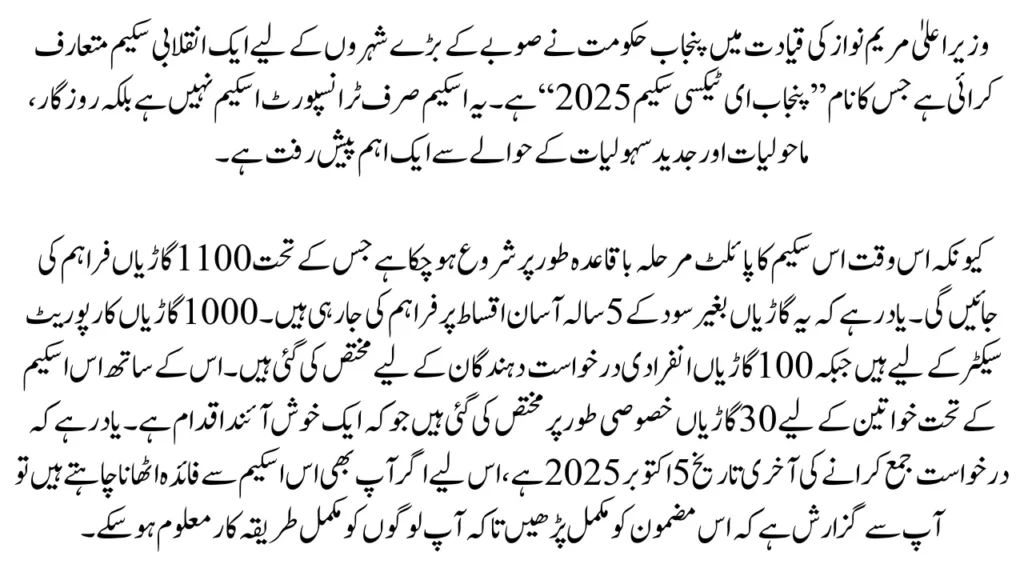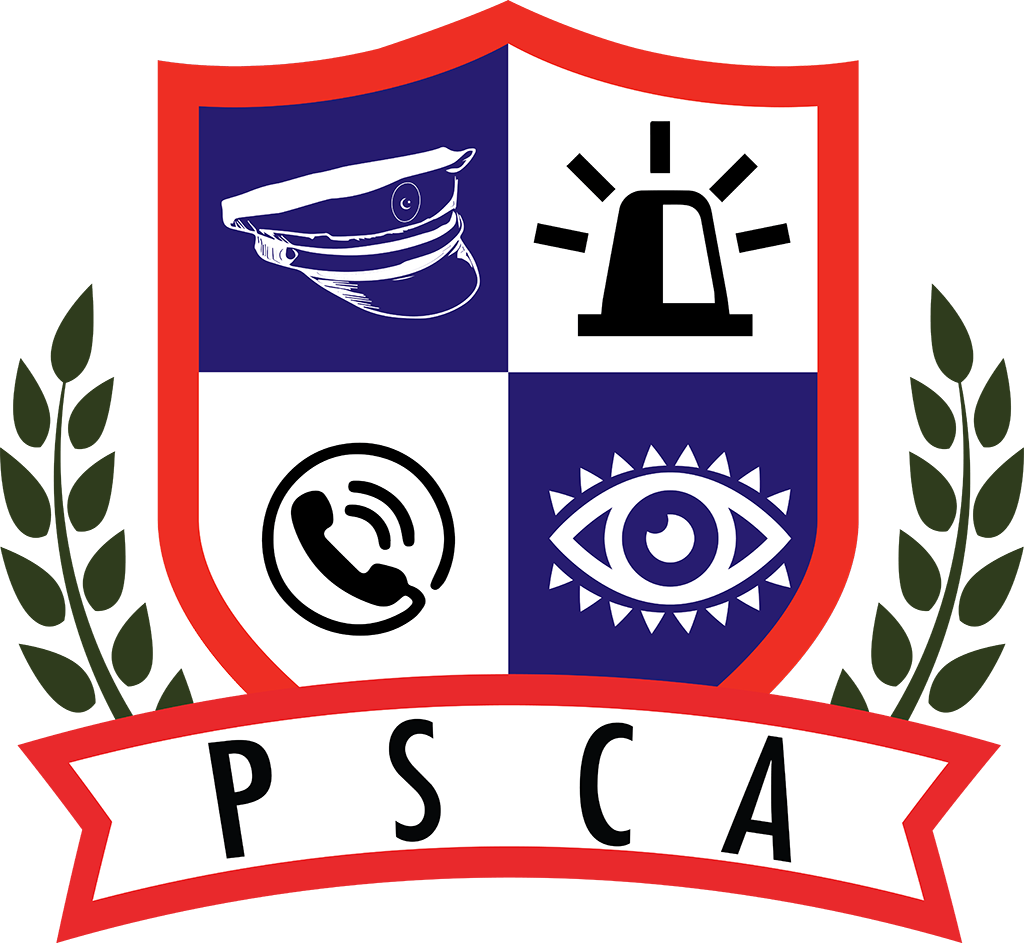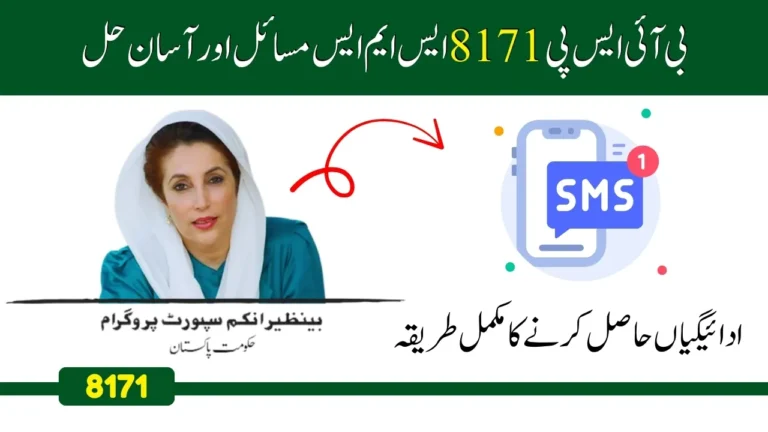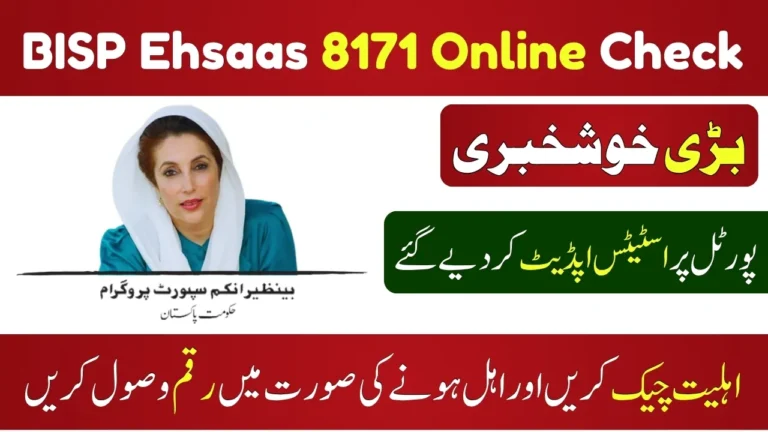Punjab E-Taxi Scheme 2025 – Know How To Apply Online

Punjab E-Taxi Scheme 2025
The Punjab government, under the leadership of Chief Minister Maryam Nawaz, has introduced a revolutionary scheme for the major cities of the province, which is being called “Punjab E-Taxi Scheme 2025”. This scheme is not just a transport scheme but a major breakthrough in terms of employment, environment and modern facilities.
Because at present, the pilot phase of this scheme has been formally started, under which 1100 vehicles will be provided. It should be remembered that these vehicles are being provided on 5-year easy installments without interest; 1000 vehicles are for the corporate sector, while 100 vehicles have been allocated for individual applicants. Along with this, 30 vehicles are specifically allocated for women under this scheme, which is a welcome move. It should be remembered that the last date for submitting the application is October 5, 2025. Therefore, if you also want to benefit from this scheme, you are requested to read this article completely so that you people can know the complete procedure.

Objectives Of The Scheme
The aim of this project is not only to modernize urban transport but also to achieve many other major goals.
- Creating new employment opportunities
- Empowering youth and women
- Reducing air pollution in major cities
- Providing eco-friendly and sustainable travel facilities
Salient Features Of The Scheme
The Punjab government has included several measures in this scheme that make it more attractive to the public.
Special quota for women
- In the pilot project, 30 electric taxis have been reserved for women so that they can increase their participation in the transport sector and provide safe travel facilities.
Interest-free installments
- The vehicles will be given in installments but the government will pay the interest itself. Along with this, the government will also bear the token tax and registration fee so that the burden on the drivers is reduced.
Modern facilities
- Solar-powered charging stations will be established
- Service centers will also be set up so that the repair and maintenance of the vehicles can be done easily
How To Apply
The entire application process will be completed through the online portal of the Punjab Information Technology Board (PITB).
Required Documents
- National Identity Card (CNIC)
- Driving License (Preferably LTV or PSV)
- Punjab Residence Proof or Domicile
- SECP or NTN Registration Documents for Flat Owners
Application Process
- Create an Account on the Portal E-taxi.punjab.gov.pk
- Fill the E-Taxi Form (Select Individual or Flat Category)
- View and Select Installment Plan
- Submit Application
- Qualified candidates will be provided with offer letter and training details
Who Can Apply?
- Persons residing in Punjab who have a driving license and CNIC
- Preference will be given to unemployed youth
- Special facility has been made for women drivers
- Flat owners and ride-hailing companies can also apply
Details About Vehicles And Price
Initially, the vehicles to be provided include locally assembled electric sedans and hatchbacks The battery of these vehicles has the capacity to cover a distance of 200 to 300 kilometers on a single charge.
Benefits At A Glance
- Employment opportunities for thousands of people
- Special facilities and safe travel for women
- Reduction in air pollution through eco-friendly transport
- Government concession in interest, token tax and registration fees
- Sustainable facilities through charging and service centers
Conclusion
Punjab E-Taxi Scheme 2025 is a great opportunity for the citizens of the province. It will not only provide employment but also introduce a clean and modern travel system. Special quota for women and interest-free installments facility make this project more attractive. If you want to be a part of this scheme, then get your documents ready now and submit your application today by following the procedure provided in this article. Furthermore, if you people have any questions regarding this, you can ask in the comment section.










